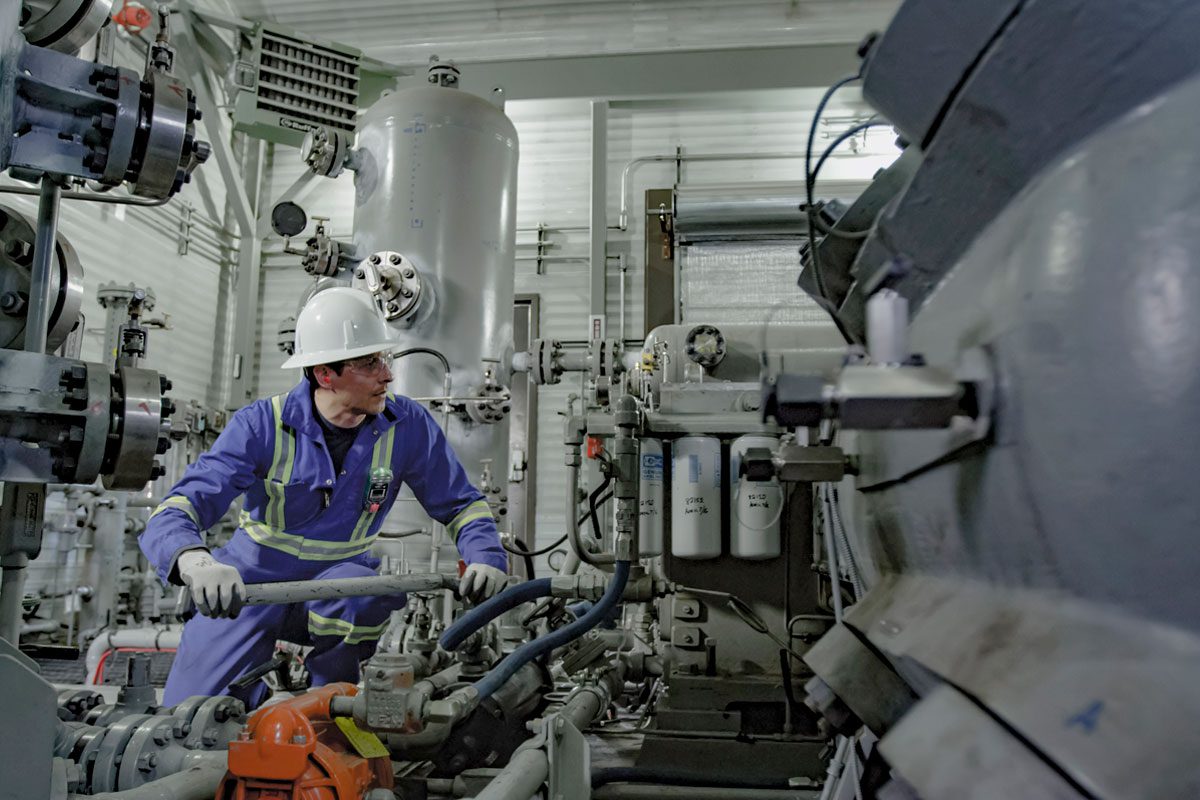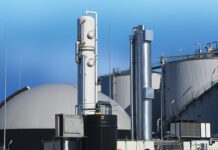In recent years, connected technology has grown in popularity in the consumer space, from tracking a delivery on our phones to monitoring our heart rate on our wrists. Similar technology has made its way to the industrial sector, where it can enhance gas detection and play a major role in emissions reduction programmes.
Connected safety enables companies to use cloud-based software and data to connect workers and workplaces in real-time. When it comes to gas detection, organisations can make use of connected safety by advancing beyond simple monitors with personal alarms to a cloud-connected network of a variety of devices.
Through this massive network where device data flows into a cloud-based platform for immediate analysis, users always have complete situational awareness of gas levels, leaks and exposure threats across a worksite.
For these reasons and many more, connected safety is revolutionising industrial HSE, with technology providing 24/7 live personnel monitoring, seamless gas detection and evacuation control, as well as reducing downtime with over-the-air device configuration. Similarly, it presents an ideal opportunity for the oil & gas industry to address its environmental challenges while mitigating efficiency concerns.
The future of safety in the oil & gas industry
As the oil & gas industry faces continued regulatory challenges and looks to further enhance its emissions reduction programmes, a new, future-proof, approach to health and safety – one that relies on connectivity, digital transformation and even automation – is needed.
An effective connected safety strategy offers benefits that stretch across every aspect of an organisation. With the right focus, tools and resources, it delivers the visibility and insights needed to improve worker health, safety and wellbeing while ensuring sustainability for both the industry and our surroundings.
For more information on connected safety in the workplace visit Blacklinesafety.com







